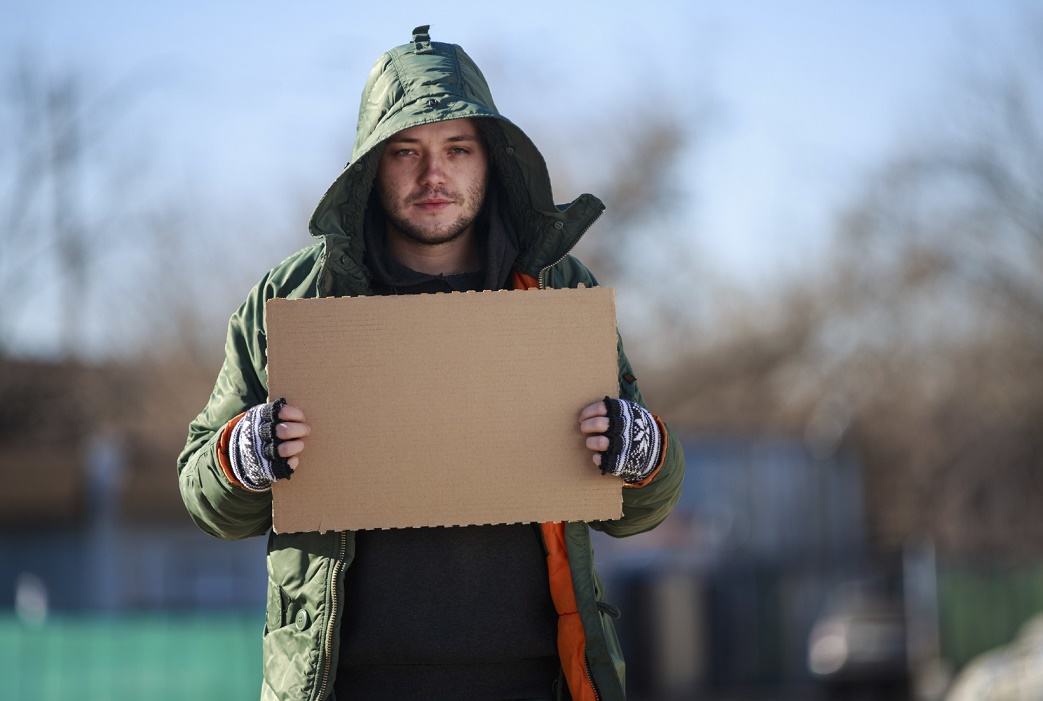A recent move by the Supreme Court has called into question local regulations curbing panhandling. To many local officials, begging is a nuisance and a barrier to a lively pedestrian culture. But it’s also one of the few options some people have for getting enough money to live on.
In a 2002 paper for Work, Employment & Society, Stephen Gaetz and Bill O’Grady consider the ways young homeless people in Toronto make money, including panhandling and other activities that fall on the edge of legal and socially accepted behavior. They note that North American researchers often approach these activities from the perspective of criminology, but that they can just as easily be seen as forms of labor.
Looking at 233 people under age 25 who’ve been homeless at some point within the past year, Gaetz and O’Grady asked what their main source of income was. Fifteen percent either had formal jobs or did odd jobs of a basically legitimate nature. Another 15 percent received social assistance. Moving down the scale of social acceptability, 12 percent panhandled, and 17 percent “squeegeed,” cleaning car windows at intersections for tips. Ten percent worked in the sex trade, as prostitutes, strippers, and so on.
Eighteen percent made money through what Gaetz and O’Grady characterize as “crime,” include theft, drug sales, and scams. Another 12 percent had other sources of income like money from friends or family.
More than 80 percent of the young people Gaetz and O’Grady spoke with said they’d rather work at “real” jobs. But those doing other kinds of work, including the panhandlers, saw themselves as providing something for their money, holding a door or telling a joke, or even just offering a passer-by a chance to do a good deed.
The young workers’ occupations were clearly related to their genders and backgrounds. While only 36 percent of the total group was female, 60 percent of those who made most of their money from the sex trade and half of those who depended primarily on social assistance were women or girls. Those from relatively more privileged backgrounds were more likely to have legitimate jobs—60 percent in this category had graduated high school and they’d left home at an older age. Those who dropped out of school were more likely to do panhandle, squeegee, or do sex work.
The difference in experiences between young homeless people who panhandle and those who are able to get a “real job” suggests that addressing the underlying issues around begging is a much bigger job than criminalizing the practice.







